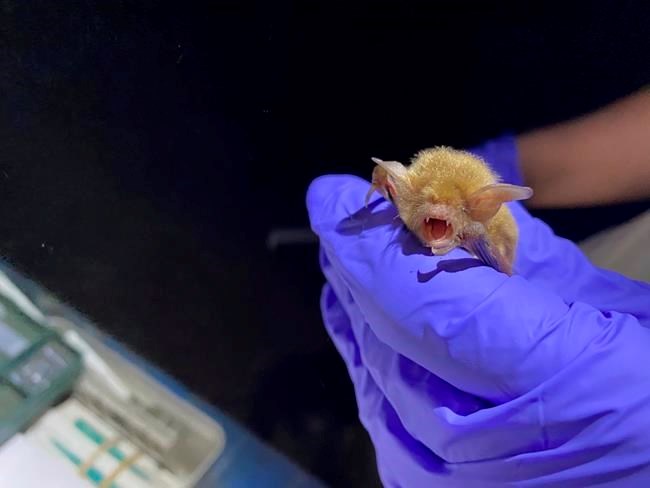GRAND FORKS, B.C. — A fungus that has led to some Canadian bat populations becoming endangered has been found in British Columbia.
The province's Ministry of Water, Land and Resource Stewardship says the fungus that causes white nose syndrome, which has no proven treatment, has been detected in bat guano in the Grand Forks area.
First discovered in New York state in 2006, white nose syndrome has spread to 38 states and eight provinces and is responsible for three Canadian bat species being listed as "endangered" under the federal Species at Risk Act.
The ministry says the fungus is primarily spread by bat-to-bat contact and doesn't affect humans but can spread through the movement of contaminated clothing and gear, or through accidental transport of the animals.
The public is being asked to contact the BC Community Bat Program or the ministry if they know the location of winter bat roosting sites, or if they see dead bats or unusual behaviour like flying during the day.
The ministry says it's working with multiple partners to implement enhanced surveillance for the disease as well as reduce threats to bat habitat.
This report by The Canadian Press was first published April 3, 2023.
The Canadian Press



